This article is reproduced from Autocarweekly public account.
Author: Financial Street Lao Li
The sky is high and birds fly, and the sea is vast with fish leaping. This is a true portrayal of China’s new energy vehicles.
Yesterday, the China Passenger Car Association released May auto sales data. Thanks to the good performance of new energy vehicle sales, the A-share automobile sector saw a comprehensive surge. On this day, everyone in the industry and capital seemed to have a common feeling: the era of new energy vehicles in China has really arrived.
The performance of new energy vehicles in May can be described as breaking records, and almost everyone believes that this is just the beginning, and new records will continue to be broken in the future. From a macro perspective, the retail sales of new energy passenger cars in May reached 185,000 units, with a penetration rate of 11.4%, both of which set new historical highs for May. From a micro perspective, the sales of new energy vehicles by traditional automakers (including FAW, BYD, and GAC Aion, all exceeding 10,000 units) comprehensively surpassed that of new forces (none of the top three new forces exceeded 10,000 units); Chinese brands once again took the top two places in monthly sales (FAW and BYD’s domestic retail sales surpassed Tesla).
Today, starting from a patriotic perspective, let’s talk about how to view new energy vehicles, what is the significance of developing new energy vehicles for the country and individuals, and how ordinary people can share a piece of cake in this golden age.
Who is the decoder from policy-driven to market-driven?
New energy vehicles have developed amid doubts. Until today, many people still question the correctness of Chinese new energy vehicle policies (such as fiscal and taxation subsidies). This is a “question of how long can the red flag last?” The answer is that a spark can start a prairie fire. Today’s market has proved that China’s new energy vehicles have gradually moved from policy-driven to market-driven after a decade.

In the first five months of this year, the wholesale volume of new energy vehicles reached 860,000 units, an increase of 2.5 times year-on-year. The market is still promising in the second half of the year. The China Passenger Car Association’s new energy vehicle sales forecast for this year has been adjusted from 2 million units at the beginning of the year to 2.2 million units in April, then increased to 2.4 million units in May, a doubling compared to last year. Compared with the increasing sales volume, the more gratifying thing is the market structure. Overall, there are three obvious structural characteristics of the new energy vehicle market this year:
A. The monthly sales of new energy vehicles have changed from a policy-driven trend (monthly sales fluctuates along with policies) to a seasonal fluctuation trend similar to that of gasoline vehicles (monthly sales fluctuates along with demand), indicating that the industry has transformed from policy-driven to market-driven.
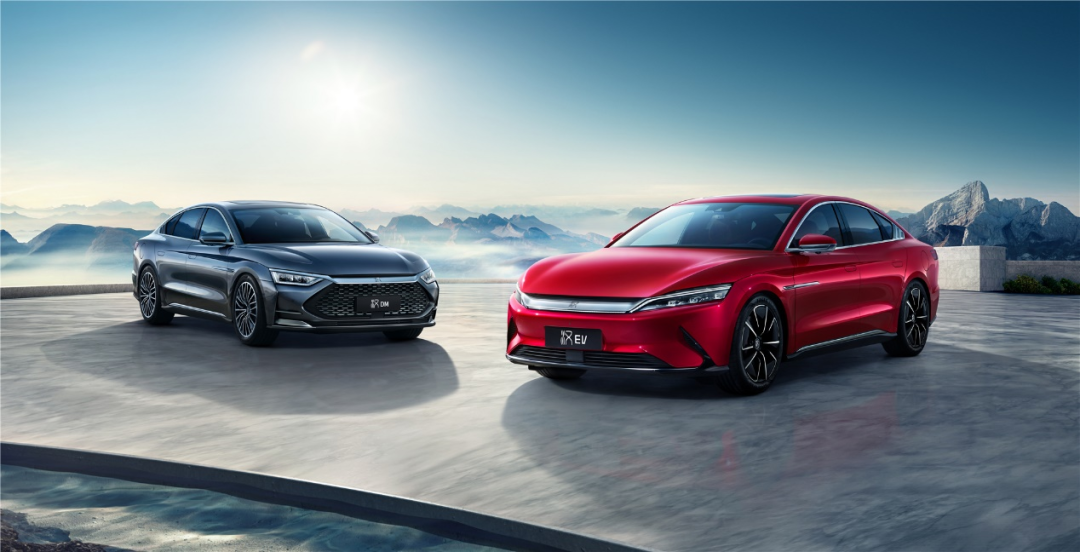 B. Sales of Chinese independent brands, especially new energy vehicles from traditional car companies, have surged. In May, SAIC-GM-Wuling sold 33,175 vehicles, BYD sold 31,908 vehicles, and GAC Aion sold 10,395 vehicles. This reflects the rise in sales of new energy vehicles in the mainstream economic market and demonstrates the sustainable growth momentum of the new energy vehicle market.
B. Sales of Chinese independent brands, especially new energy vehicles from traditional car companies, have surged. In May, SAIC-GM-Wuling sold 33,175 vehicles, BYD sold 31,908 vehicles, and GAC Aion sold 10,395 vehicles. This reflects the rise in sales of new energy vehicles in the mainstream economic market and demonstrates the sustainable growth momentum of the new energy vehicle market.
C. Tesla China and domestic new energy vehicle manufacturers have seen strong growth in exports. This indicates that the influence of Chinese new energy vehicles has gradually shifted from domestic to international markets, and the advantage of China’s domestic supply chain is gradually strengthening.
The speed of development of Chinese new energy vehicles has surprised many people. This achievement is due to the millions of new energy vehicle professionals in China and the millions of users who support the development of new energy vehicles.
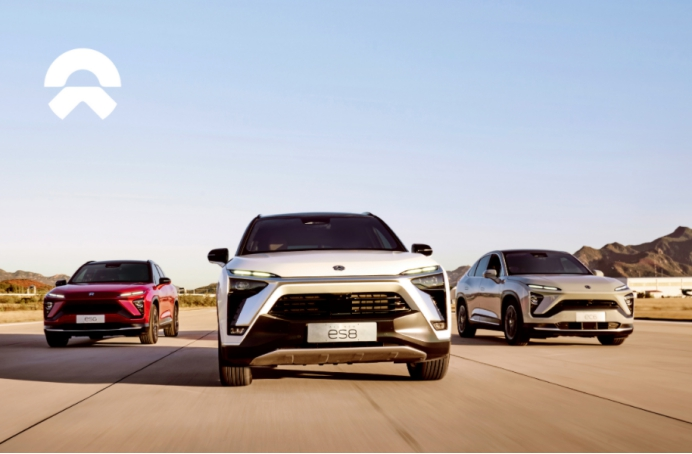
The documentary “Century Opportunity” about new energy vehicles starts with the following words: “For the past hundred years, developed countries have been in an absolute leading position in the automotive industry. Today, with the arrival of new energy vehicles, China will compete with them for the first time on the starting line, striving for the crown of representing modern civilization in the automotive industry.” In the view of market researchers, new energy vehicles have two important national meanings in China:
First, they have created a new path for industrial development in China and established a set of new rules and methodologies in the Chinese way;
Second, they have bound industries, capital, and users tightly together, promoting financial development through industrial transformation in the Chinese way.
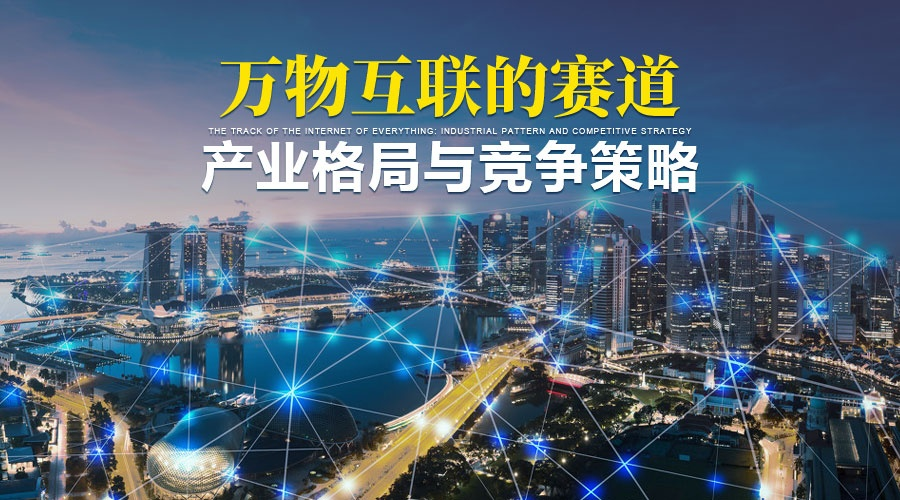
The strategic transmission mechanism in every country in the world is similar: national strategy – policy promotion – industry direction – product – market (users). Some countries have a good transmission mechanism, such as China, while others do not, such as Europe and America. In the West, the top-level strategy is difficult to influence users, as seen in the epidemic control, and people believe that the government should not interfere too much in the market. Therefore, the top-level design is difficult to pass down to the grassroots, and the industry lacks large-scale regulation and can only follow the market.
In the ten years of developing new energy vehicles, China has found a set of methodologies that balance national strategy and market demand.
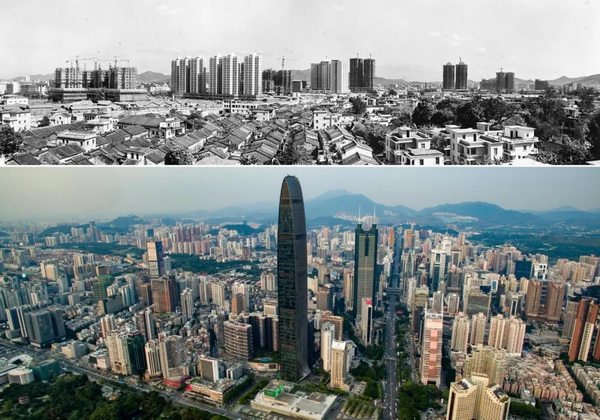 # Translate the Markdown Chinese Text into English Markdown Text
# Translate the Markdown Chinese Text into English Markdown Text
Old Li often uses metaphors to describe the development of new energy vehicles from policy-driven to market-driven in a way similar to the reform and opening-up process. The development process of the automotive industry from fuel to NEV is essentially the creation of new rules through change. What if no one wants to reform? Then let some people get rich first. As long as the direction is right, others will follow suit actively. What if no enterprises develop new energy vehicles proactively? Let some enterprises do it first and let some products enter the market. When products pass the market test, enterprises will embrace change proactively, and the strategic goal will be achieved.
This is the Chinese characteristic strategy to guide the market and boost the industry.
Rooting and Sprouting the Supply Chain in China
From the perspective of the grand policy, the ultimate goal of China’s development of new energy vehicles is not for market capacity, but to establish a sound industrial system, which will impact the financial market. Market cultivation is the first step, and supply chain construction is the second step.
From 2009 to 2017, the country invested heavily in the new energy vehicle market, but to be frank, although the industry has achieved some successes, neither the market scale nor the supply chain construction has achieved the expected effects. Until the localization of Tesla in 2018, the Chinese market demand was truly cultivated. Today, the capital market believes that the localization of Tesla is a turning point in China’s new energy vehicle industry.
Three years ago, Old Li was also puzzled about why Tesla was being introduced. How would domestic enterprises survive? Now it seems that the top-level design is still smarter: first introduce Tesla, help China establish the electric vehicle industry chain with Tesla’s products and brand, cultivate seed users, improve the market and supply chain, and with competitive indigenous brands growing in this soil. The purpose of introducing Tesla has also been achieved.
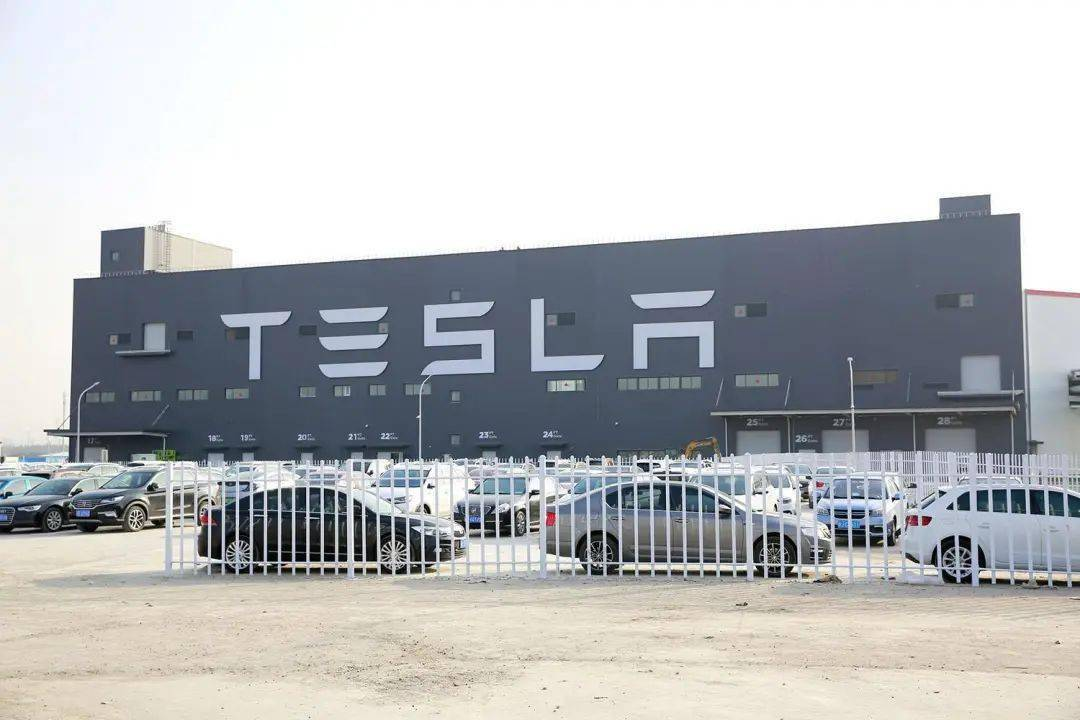
Here, Frank, the Executive Vice President of Magna Asia Pacific, has an analogy for China’s electric vehicle market:
If the electric vehicle market is seen as a forest, the Chinese government is the creator and manager of this forest, traditional automakers are the big bears in the forest, they are local giants. Foreign-funded enterprises are the bigger bears next to the forest. They have strength and are ready to move.
Emerging enterprises are the most active small bears in the forest, and industrial-chain enterprises are the small animals in the forest. They have to follow the bears’ development, and capital is the driver of these small bears and small animals. In addition to these bears, there are still tigers and lions beside the forest, which are Huawei and BAT. They are not willing to compete with bears head-on and want to share food with them.Tesla is like a catfish, and after being localized, it helped the small animals (supply chain enterprises) in the forest grow larger. The little bears (new forces) also grew up, causing the original big bears (traditional car companies) to feel a crisis and hurriedly catch up. The lions (Huawei and BAT) saw the growth of the big bears and also began to exert their efforts. All the animals in this forest have grown into giants, while the giants outside the forest (foreign car companies) can no longer rampage through this forest.
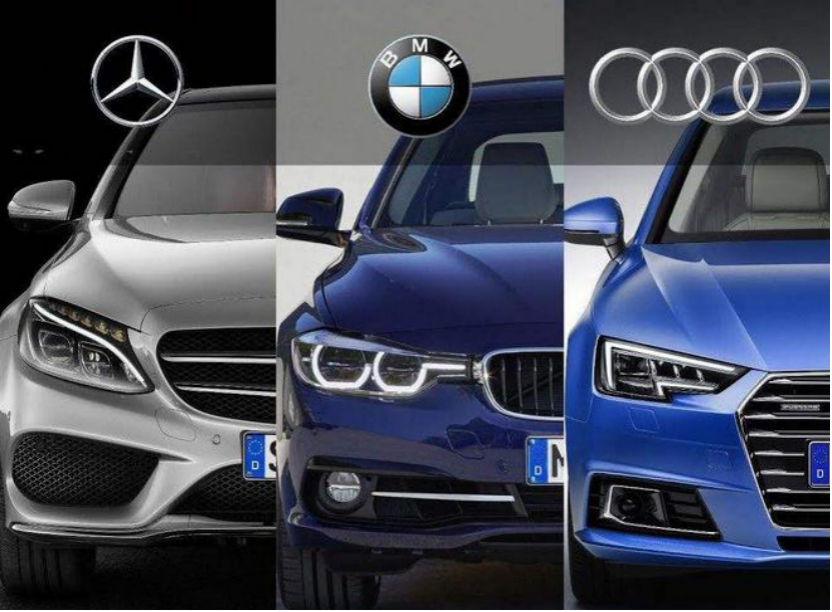
Everyone knows that Tesla has created the “Tesla supply chain” concept stock on the A-share market, and many readers have made a lot of money through concept stocks. However, few people pay attention to the significance of the supply chain.
For capital, the supply chain is a cash cow, and catching the trend naturally brings about a money-making effect.
For enterprises, building an efficient and customer value-driven supply chain is crucial. The supply chain needs integration and division. Integration is for effectively integrating resources and achieving end-to-end visualization, while division is for balancing efficiency and risk.
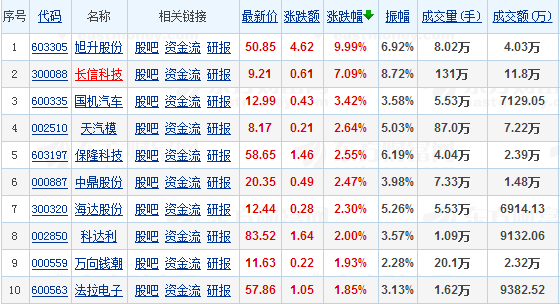
The country’s attention to the supply chain is not only for economic benefits but also for strategic security. After the epidemic, the top-level design proposed a strategic concept of focusing on domestic circulation and dual circulation of domestic and international circulation, that is, supply chain control.
In the past, China’s economy was “strong in the middle, weak at both ends”. China purchased raw materials from abroad, localized production, and was responsible for the middle links, while both the supply and demand ends were overseas. In recent years, the development of the domestic economy has gradually solved the problem of demand. With the increasing domestic demand, there must be a strong hand to solve the supply problem. Therefore, the new energy vehicle, which is the best carrier for energy, advanced manufacturing, communication, and semiconductor integration, has naturally been placed in a core position.

The takeoff of the whole vehicle is the foundation for developing the new energy vehicle industry chain. In just five years, the domestic new energy vehicle supply chain has achieved rapid development:
Power battery companies represented by BYD and CATL began to step onto the international stage. Although there is still a gap between them and Panasonic, Samsung SDI, and LG Chem, they can still rank among the top in the world. China’s motor companies, represented by Jingein, have also made great progress, although there is still a long way to go in the field of core components and key materials. The automotive industry chain has finally achieved a breakthrough in the upstream. The three-electric companies took only 10 years to catch up with the 30-year development of the internal combustion engine, and China’s power semiconductor companies represented by StarPower and China Railway Group gradually emerged.## The Financial Competition Behind Industrial Competition
In order to maintain high-quality economic development, occupy a leading role in the high-tech industry, and gain a global competitive advantage in future high-tech industries, China must grasp independent intellectual property rights and not be held back by foreign entities. Whether it is globalization or deglobalization, a supply chain war that will change the world’s economic and financial order is underway, and a century-long transformation is imminent.
The new Biden administration began with new energy vehicles, and it aims to promote industrial innovation in the United States and create one million jobs in the automobile industry by accelerating the development of new energy vehicles. Through efforts over the next 4 to 10 years, the United States hopes to regain its global competitive advantage in the automotive industry, boost employment, and enhance its industrial capabilities.
The United States, which is aggressively chasing China, plans to achieve a 25% market share for electric vehicles and 4 million annual sales of electric vehicles by 2026. It aims to achieve zero carbon emissions by 2035 and 100% clean energy economy by 2050.
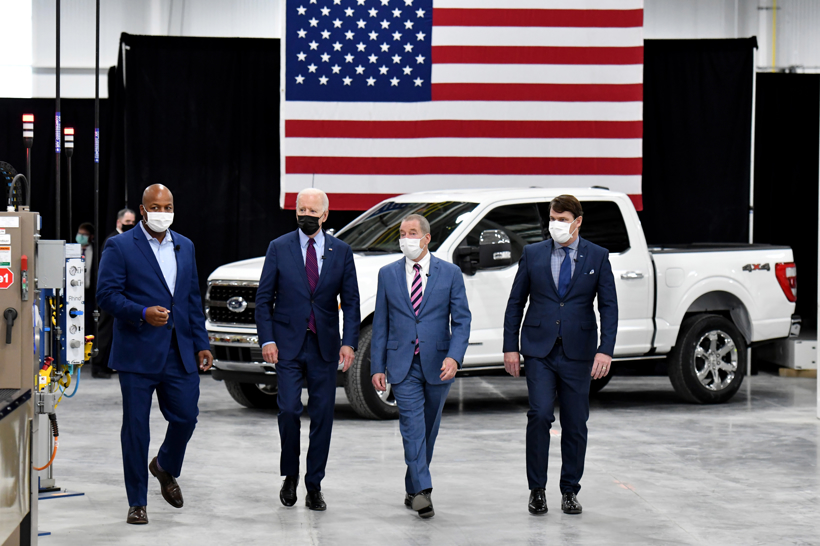
The essence of industrial competition is financial competition.
For decades, Wall Street finance, tech giants, and multinational corporations in the United States have transferred a large number of lagging industries to emerging markets. Emerging markets tax foreign capital less, and labor and land are cheaper. Giants such as General Motors and Apple have made a fortune through emerging markets.
While developed countries have reaped profit, they have also created a set of management rules for the industry and finance systems in emerging markets. They depend on advanced technology and supply chains to control upstream operations. Based on the supply chain, they continuously establish the price order of industries under the support of capital and then achieve control over the industrial and financial markets, enjoying a constant stream of development dividends.

The application of foreign capital rules is also very simple: on the industrial side, foreign companies firmly control upstream operations and seek benefits through the advantages of the industrial chain in the capital market. Overseas capital controls the price increase of bulk commodities by controlling upstream operations, extracting the entire manufacturing profit from the upstream side, and getting both industrial-side and capital-side profits.
After the outbreak of the pandemic, industrial and financial control became very clear. American financial capital boosts the price of commodities and industrial raw materials. Financial institutions release various reports to prove the demand for raw materials and key components, portraying the supply chain of raw materials as having high growth prospects, rapidly pushing up the price of raw materials, and significantly extracting profits from the manufacturing sector to push profits back to Wall Street. This is not a conspiracy theory but a means of financial confrontation.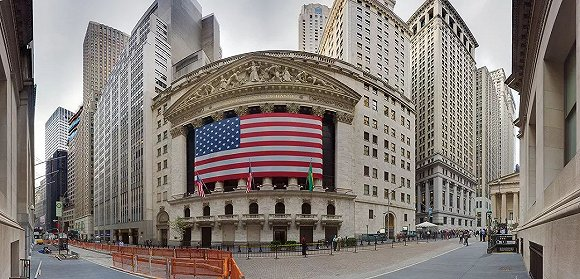
In the past decade or so, China has slowed down its reliance on external supply chains in the industrial and technological sectors from developed countries, for high-tech products, bulk agricultural products and industrial raw materials imports, largely due to the development of the new energy vehicle industry. It can be described as killing two birds with one stone, solving both industrial and financial problems.
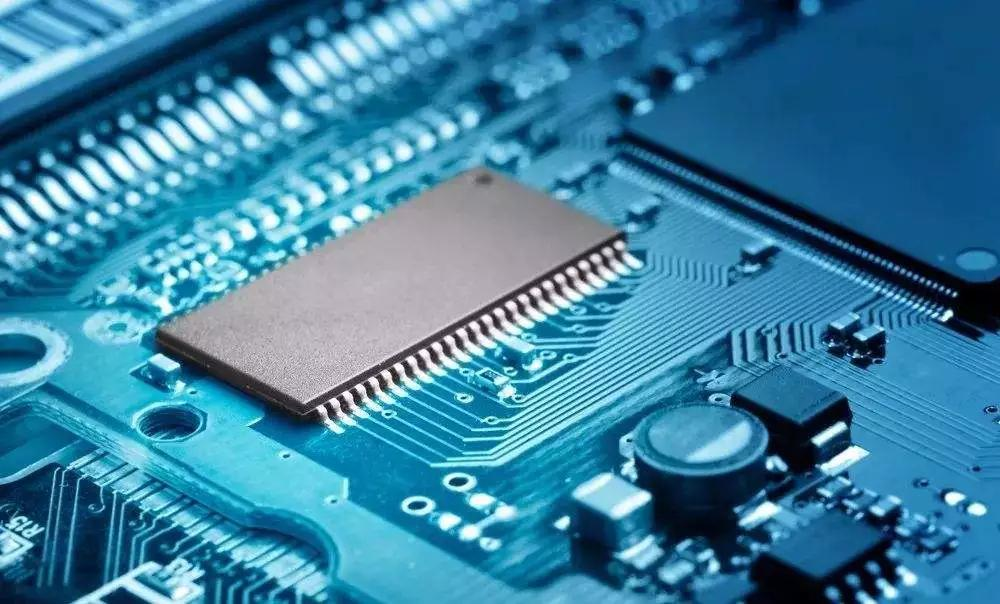
Although China has achieved self-reliance in electrification, there are still many problems in the intelligence field, with car-grade chips and integrated manufacturing being China’s short board. China’s external dependence in the automobile chip field exceeds 80%, which seriously restricts its position in the new energy vehicle industry.
The capital market has also keenly grasped the “trend”, and after the electrification industry chain, China will soon appear in the intelligence industry chain.
That’s why the third generation of semiconductors, especially the silicon carbide industry, has been fully focused on in the short term. This is the direction of domestic key investment in the future. Electrification has cut supply chain constraints, and if intelligence is also solved, manufacturing profits will stay in China.
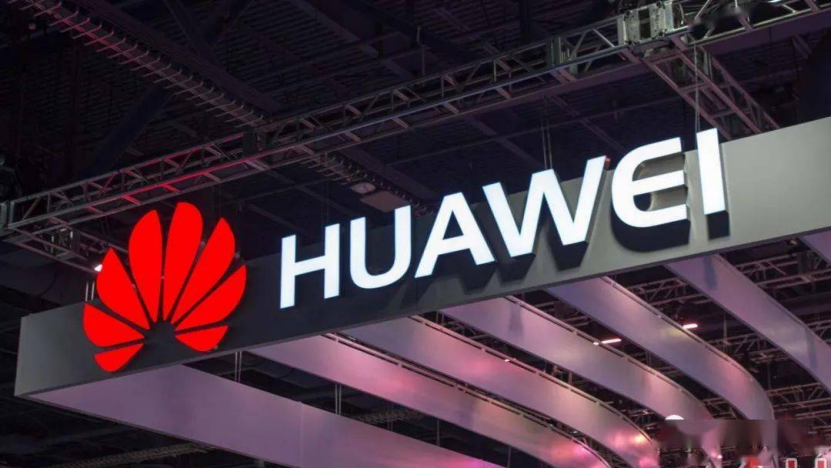
In addition to the new energy vehicle industry, important links in the supply chains of industries in all fields and leading enterprises will receive support and protection from the national policy level. It can be foreseen that the policy tilt and support in the supply chain field will increase. For ordinary people, this is a directional guidance for future investment, to keep up with the “wind vane” of policies and keep pace with the times.
The biggest threat to industrial competition is not from domestic, but from foreign countries. Many entrepreneurs have found that what really determines the fate of their companies is not their own subjective will, but the industrial duels between countries, the game of core industry chains and the conflicts of capital.
The new energy vehicle industry has taken the lead in charging outwards, and this is just the beginning.
This article is a translation by ChatGPT of a Chinese report from 42HOW. If you have any questions about it, please email bd@42how.com.